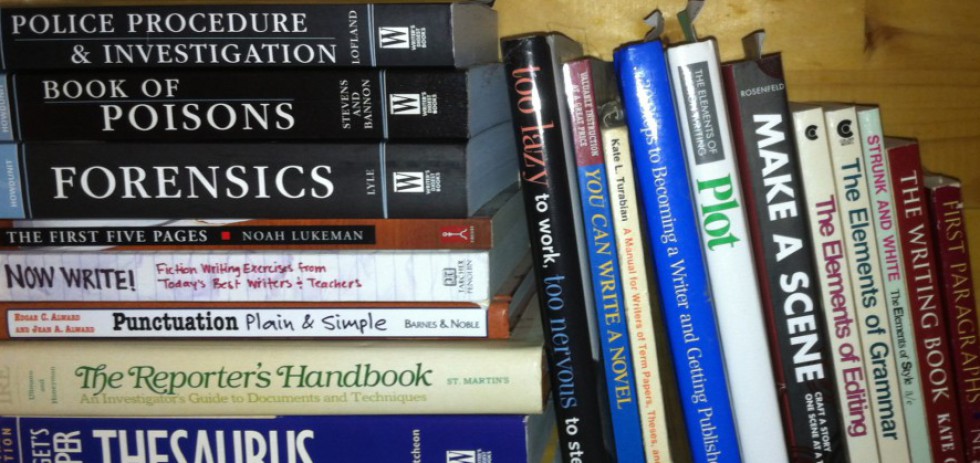Well, Mostly
By Annette Rey
Writing groups on Facebook are full of people asking simple and complex questions related to their works in progress. The other day someone posed the question about dialogue. “What do you do to avoid using he said, she said? How do you designate which character is speaking?”
This post gives expert writing tips and advice on this important question and gives dialogue examples without using the word said.
None of the responses on Facebook that I saw gave hints like:
- Don’t use words after he or she like yelled, spoke, whispered, exclaimed, etc.
Instead, SHOW action attached to the character name.
Gayle choked back the words, “I think he’s dead.”
The duct tape loosened on Jason’s mouth, “Help! Call the cops! Help!”
2. Use the name of the person to whom the character is speaking.
“You know I love you, Ethel.”
“Jimmy! Watch out for that rope!”
3. Use stage direction for the speaking character.
Marilyn tossed her long mane of red hair and sashayed across the room. “Like what you see?”
Barney searched the dresser drawers. “Damn. It’s not here.”
4. Build tics/habits/idiosyncrasies into your characters. Later you can refer to them in dialogue. The reader will know who is speaking and to whom the dialogue is directed.
* “Don’t light that cigarette! We have to find a way to get out of here!”
* “Will you stop that infernal bubble-gum snapping and pay attention to me?”
I have asterisked the sentences referring to a habit of a character to make further comment. This technique is not used just to designate the speaker and/or to draw attention to the character’s habit. Important information is also being disseminated that has pertinence to the story. As those sentences stand, taken out of context, still you can see there are emotions and circumstances being conveyed.
In the first asterisked example, not only does the reader know who is speaking (the person you have created who does not smoke), there is urgency in her statement, indicated by her choice of words and the use of an exclamation point. But, subliminally, the sentence is implying the other character may be acting a bit nonchalant for the circumstances – or dull-witted. This gives the reader some opportunity to read-into your story based on his own life experiences. You are giving the reader an active role in your story. In other words, you are not just cramming facts down his throat. You are not boring him. He gets involved. You are giving him an opportunity to like or dislike your character based on the reader’s own opinion. A reader may think to himself, “Boy, she is bossy (a character assessment). Let the poor guy smoke (another assessment).” Or a reader may think the smoker should realize quick action is needed, and question why he does not see that.
The second asterisked sentence, again, implies something about each character. The bubble-gum snapper may be a flippant sort, perhaps air-headed, and/or casual. The speaker is agitated, losing his temper, and most of all, I think, he is showing some insecurity and wants the gum-snapper to notice him – or at least to hear what he is trying to say.
If you apply these hints in your writing, you will have rare instances of using the word said. And it is okay to use that word. Just use said sparingly. And concentrating on that goal, your writing will become more colorful; you will set scenes, and give characters something to do while speaking (which advances your scene). Your work will engage your reader.
And just think of it. All of these benefits come from simply avoiding the word said.
I am looking forward to your improvement as a writer. All of us want to be entranced with reading great writing.

Great tips. Thank you so very much for sharing these.
LikeLike
I want to help writers write with more clarity. Use fewer, but stunning, words to convey a lot of meaning. Thanks for reading my post.
LikeLiked by 1 person